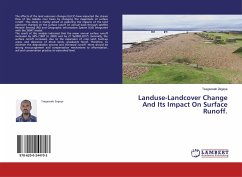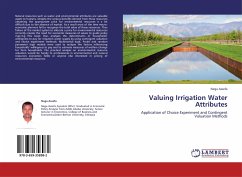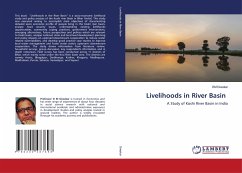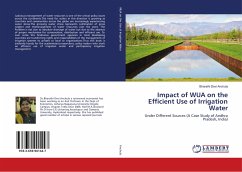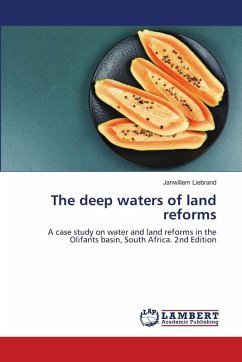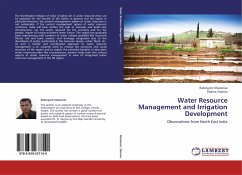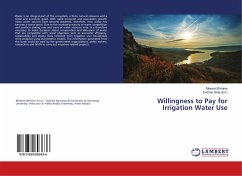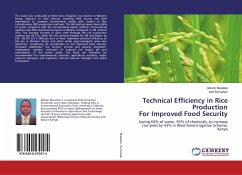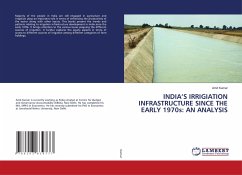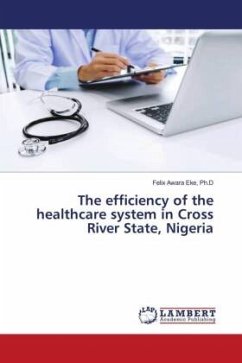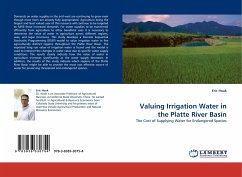
Valuing Irrigation Water in the Platte River Basin
The Cost of Supplying Water for Endangered Species
Versandkostenfrei!
Versandfertig in 6-10 Tagen
32,99 €
inkl. MwSt.

PAYBACK Punkte
16 °P sammeln!
Demands on water supplies in the arid west are continuing to grow even though most rivers are already fully appropriated. Agriculture being the largest and least valued user of this resource will continue to be targeted to fulfill these increased demands. For water supplies to be transferred efficiently from agriculture to other beneficial uses it is necessary to determine the value of water in agriculture across different regions, uses, and legal structures. This study develops a Discrete Sequential Stochastic Programming (DSSP) model to value irrigation water in five agriculturally distinct ...
Demands on water supplies in the arid west are continuing to grow even though most rivers are already fully appropriated. Agriculture being the largest and least valued user of this resource will continue to be targeted to fulfill these increased demands. For water supplies to be transferred efficiently from agriculture to other beneficial uses it is necessary to determine the value of water in agriculture across different regions, uses, and legal structures. This study develops a Discrete Sequential Stochastic Programming (DSSP) model to value irrigation water in five agriculturally distinct regions throughout the Platte River Basin. The expected long run value of irrigation water is found and the model is used to interpret the changes in water value due to specific water supply conditions. The results clearly indicate how the value of water in agriculture increases significantly as the water supply decreases. In addition, the results of this study indicate which regions of the Platte River Basin might be able to provide the most cost effective source of water for preserving threatened and endangered species.



